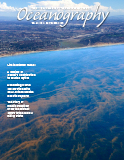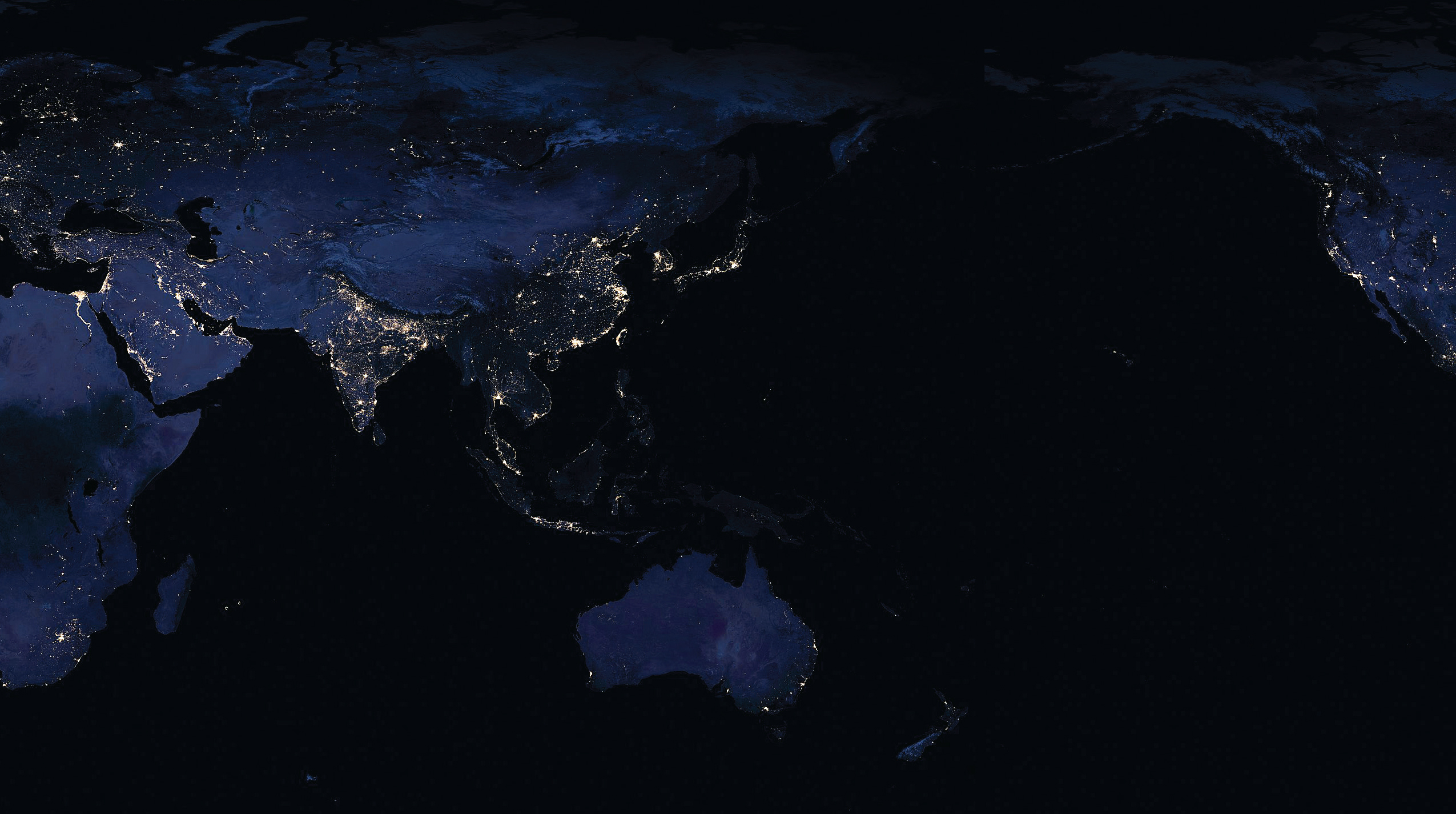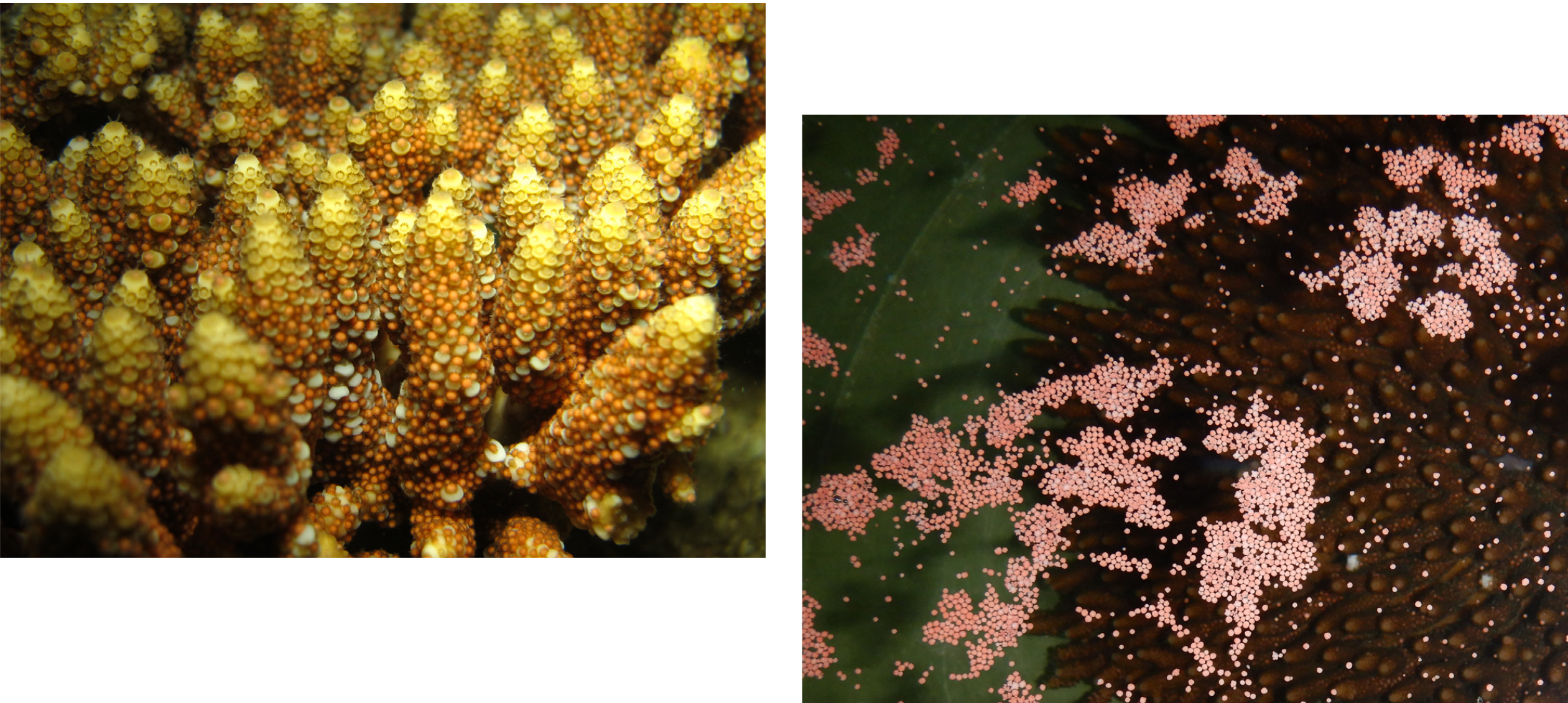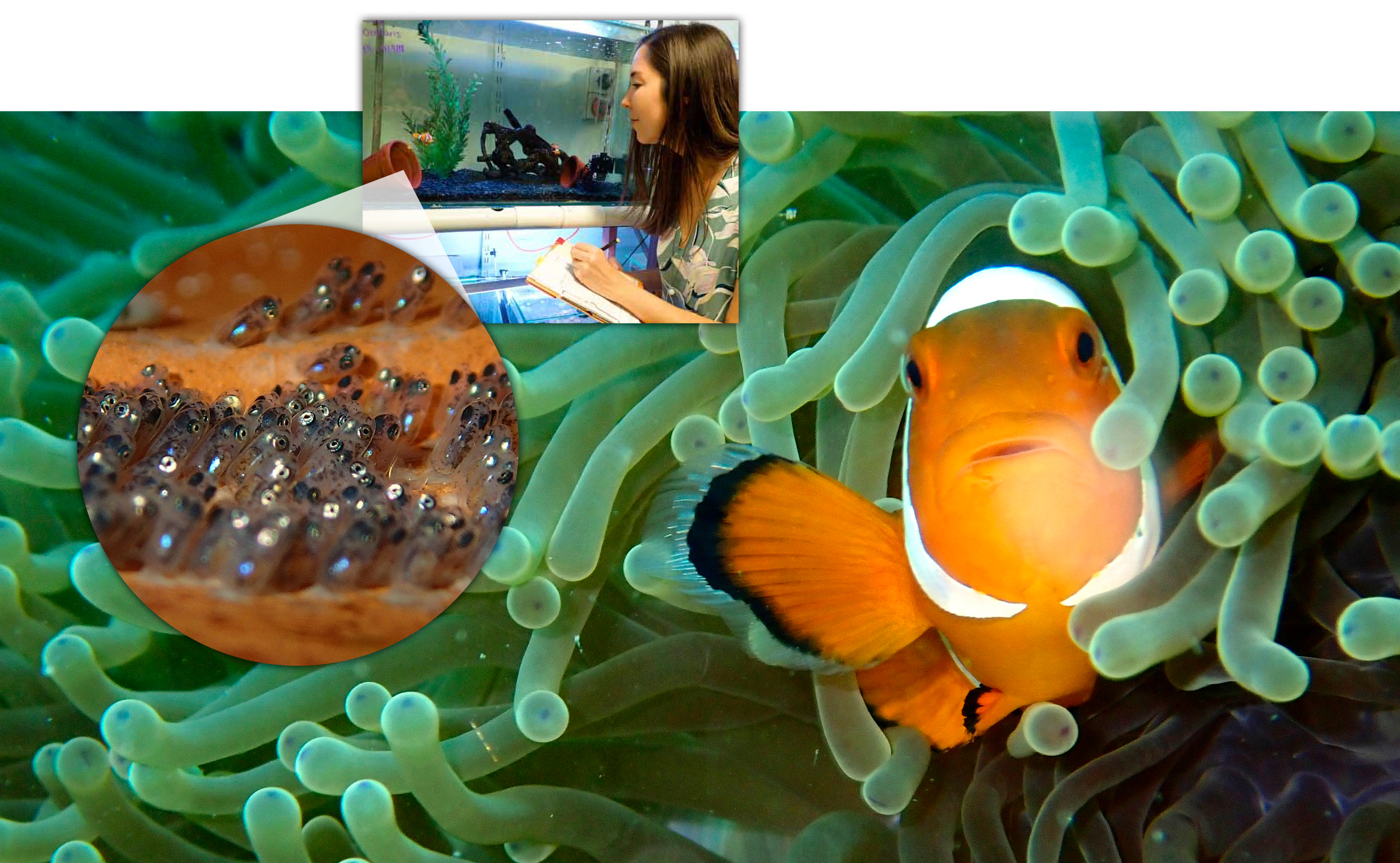Full Text
|
|
Satellite images of Earth at night: bright dots and shining webs that tell the story of humans’ seemingly endless sprawl across the globe.
Artificial “sky glow” can now be detected along 22% of the world’s shorelines. That figure is expected to increase dramatically as human populations along coasts more than double by 2060.
All that light has a downside. Concerns have recently bubbled up about the damaging effect of artificial light at night, also known as ALAN, on humans and other species. At the top of the list are coral reefs. Artificial light at night and how it affects corals is the subject of new research by scientists at several institutions, including the University of Southampton in the UK.
With funding from the UK Natural Environment Research Council, Southampton scientists Jörg Wiedenmann and Cecilia D’Angelo of the university’s Coral Reef Laboratory are tackling gaps in our understanding of how ALAN affects the reproduction of reef corals.
They are working with a team at Bangor University and other UK research institutions, the Interuniversity Institute for Marine Sciences in Eilat, Israel, and the Horniman Museum in London. The research is part of a larger project led by University of Bangor scientists studying the impacts of artificial light at night on marine life.
“ALAN represents an emerging threat that has received little attention in the context of coral reefs, despite the potential of disrupting the chronobiology, physiology, behavior, and other biological processes of coral reef organisms,” write Inbal Ayalon and Oren Levy of Bar-Ilan University and their colleagues in a 2019 paper in Global Change Biology.
Coral reefs are in decline as a result of climate change, coastal construction, overfishing, pollution, and nutrient enrichment, says Wiedenmann. “The key to coral reef survival is for the remaining individuals to produce enough offspring that can survive on damaged reefs and help the reefs recover.”
ALAN, however, presents a major roadblock.
To maximize reproductive success, many corals release their eggs and sperm at the same time, sometimes on only a single night of the year in a process called mass coral spawning. The timing of spawning is thought to be synchronized with and triggered by the light of the moon. Scientists fear that increasing levels of artificial light at night may override age-old signals from moonlight, resulting in less efficient coral reproduction and reduced recruitment of juvenile corals.
Coastlines are exposed to artificial light at night near piers, promenades, ports, harbors, and dockyards. They’re increasingly illuminated with LED lighting, which penetrates deeper into seawater than older lighting technologies. LED lighting is predicted to make up 69% of global lighting by the end of this year, exacerbating ALAN’s effects.
The presence of artificial light in coastal regions has the potential to interfere with natural light cycles, ultimately reshaping the ecology of coastal habitats, says Wiedenmann. “We know that many marine invertebrates are extremely sensitive to natural light throughout their life cycles, and that gradients of light intensity and color, largely caused by variations in moonlight and sunlight, are major factors in marine ecosystems.”
He and colleagues believe scientists need to find out how much damage is caused by artificial light at night and quantify the benefits of less intense forms of artificial light on corals and other sensitive marine species. That information, according to Wiedenmann, is vital to the future of coastal habitats, especially coral reefs, around the world.
Light Pollution: A Threat to Great Barrier Reef and Red Sea Corals
In a discovery that scientists believe will help guide reef ecosystem protection plans, researchers in Australia and Israel have pinpointed artificial light at night as a threat to coral reproduction on the Great Barrier Reef.
Work at the University of Queensland’s Heron Island Research Station confirms that the Great Barrier Reef’s annual coral spawning is dependent on an intricate mix of conditions, with moonlight playing a vital role. The introduction of artificial light at night competes with moonlight and can prevent corals from spawning, the university’s Paulina Kaniewska, Oren Levy of Bar-Ilan University, and their colleagues found.
The research is providing insights into how corals have fine-tuned and coordinated the release of eggs and sperm into the water for fertilization. The results are published in the journal eLifeSciences.
Corals have a “spread-out” nervous system that allows them to transmit signals on a cellular level in response to changes in light conditions, according to Kaniewska and coauthors. Their study suggests that these cellular processes are triggered by a protein similar to photosensitive melanopsin, one of a family of light-sensitive retina proteins, called opsins, in vertebrate eyes. In mammals, melanopsin plays an important role in synchronizing circadian rhythms with the daily light-dark cycle.
The research is resolving long-standing questions about how corals synchronize the mass release of their reproductive cells with the phases of the moon and other rhythms. The effects of light on the timing of spawning are important because reproduction is vital to reef survival, the scientists say. They believe that light pollution is a major threat to coral reproduction.
Coral spawning on the Great Barrier Reef is a spectacularly synchronized event. Changes in water temperature, tides, sunrise and sunset, and the intensity of moonlight trigger an annual large-scale mass spawning of coral species.
To maximize their chances of success, more than 130 Great Barrier Reef coral species spawn during a time window that is 30–60 minutes long. It’s the largest coral mass spawning event in the world.
Most corals are “broadcast spawners” that simultaneously release their eggs and sperm into seawater. The egg and sperm cells combine and develop into larvae that settle back onto the reef to form new coral colonies. Coral species spawn at the same time to improve their chances of successful reproduction.
|
|
How corals time this spawning behavior with moon phases was an unanswered question for decades. Then, Kaniewska and colleagues exposed Acropora millepora—one of the dominant coral species on the Great Barrier Reef—to different light treatments and sampled the corals before, during, and after their spawning periods.
The results show that light causes changes to gene expression and signaling processes inside the corals’ cells. The changes drive the release of egg and sperm cells and happen only on the nights of spawning.
Next, the researchers exposed Acropora millepora to light conditions that mimic artificial light at night. A mismatch in cellular signaling processes prevented the corals from spawning.
The findings also suggest that the effects of light pollution can occur fairly rapidly. Biologists believed that corals took months to become tuned to the moonlight rhythms that guide reproduction. But, it turns out, disruption can occur within seven days of corals’ exposure to changes in nocturnal light.
In another study, Levy’s team recently looked at two coral species, Acropora eurystoma and Pocillopora damicornis, in the Gulf of Eilat/Aqaba in the Red Sea. “The region is undergoing urban development that has led to severe light pollution at night,” Levy says.
The research revealed that corals exposed to ALAN photosynthesize less. “Testing different lights such as blue LEDs and white LEDs showed more extreme impacts in comparison to yellow LEDs,” state the biologists in Global Change Biology. The work lends yet more credence to the emerging threat of light pollution and its impacts on the biology of corals, says Levy, “and will help in finding ways of mitigating potentially harmful effects. Reducing the exposure of corals to artificial light at night could help protect and regenerate coral reefs.”
Coral Reef Clownfish Threatened by Artificial Light at Night
The light-hearted movie Finding Nemo could soon have a much darker sequel. Artificial light at night in coral reefs leaves the famous reef clownfish unable to produce offspring.
Studies by scientists at Australia’s Flinders University and the University of Melbourne published in Biology Letters show that an increasing amount of artificial light at night in coral reefs, even at relatively low levels, masks natural cues that trigger clownfish eggs to hatch after dusk.
Lead author Emily Fobert of the University of Melbourne says that eggs incubated in the presence of artificial light had a zero hatching success rate.
“The overwhelming finding is that artificial light pollution can have a devastating effect on the reproductive success of coral reef fish,” says Fobert. “When ALAN was present, no eggs hatched but when the light was removed during the recovery period, eggs from the ALAN exposure hatched normally. The presence of light is clearly interfering with an environmental cue that initiates hatching in clownfish.”
|
|
Fobert monitored 10 breeding pairs of clownfish exposed to an overhead LED that imitated commercially available and widely used lights.
The results indicate that increasing amounts of light at night can significantly reduce reproduction in reef fish. “These findings likely extend to other reef fish as many share similar reproductive behaviors, including the timing of hatching during early evening,” says Fobert.
Some tropical tourist hotspots include floating accommodations above coral reefs. Many overwater bungalows have glass floors with lights shining directly onto reefs below so guests can watch fish at night.
Coauthor Stephen Swearer of the University of Melbourne says that clownfish, along with many other fish species that lay eggs on coral reefs, are at particular risk because their larvae usually hatch a few hours after dusk. “The presence of ALAN could compromise their natural spawning rhythms,” he says.
Karen Burke da Silva of Flinders University, also a coauthor, believes that an improved understanding of the impacts of ALAN on coral reefs can lead to solutions for these stressed ecosystems. “Artificial light at night is becoming a greater concern among ecologists. Light is increasing globally and the impacts on organisms can be severe, but very little research has been done on ALAN in the marine environment.”
If we don’t find ways of decreasing artificial light at night, “Nemo” and his kin may be among the last clownfish on the reef. Whither go the clownfish, the rest of the coral ecosystem may soon follow.
It’s high time, researchers say, to turn off the lights.




